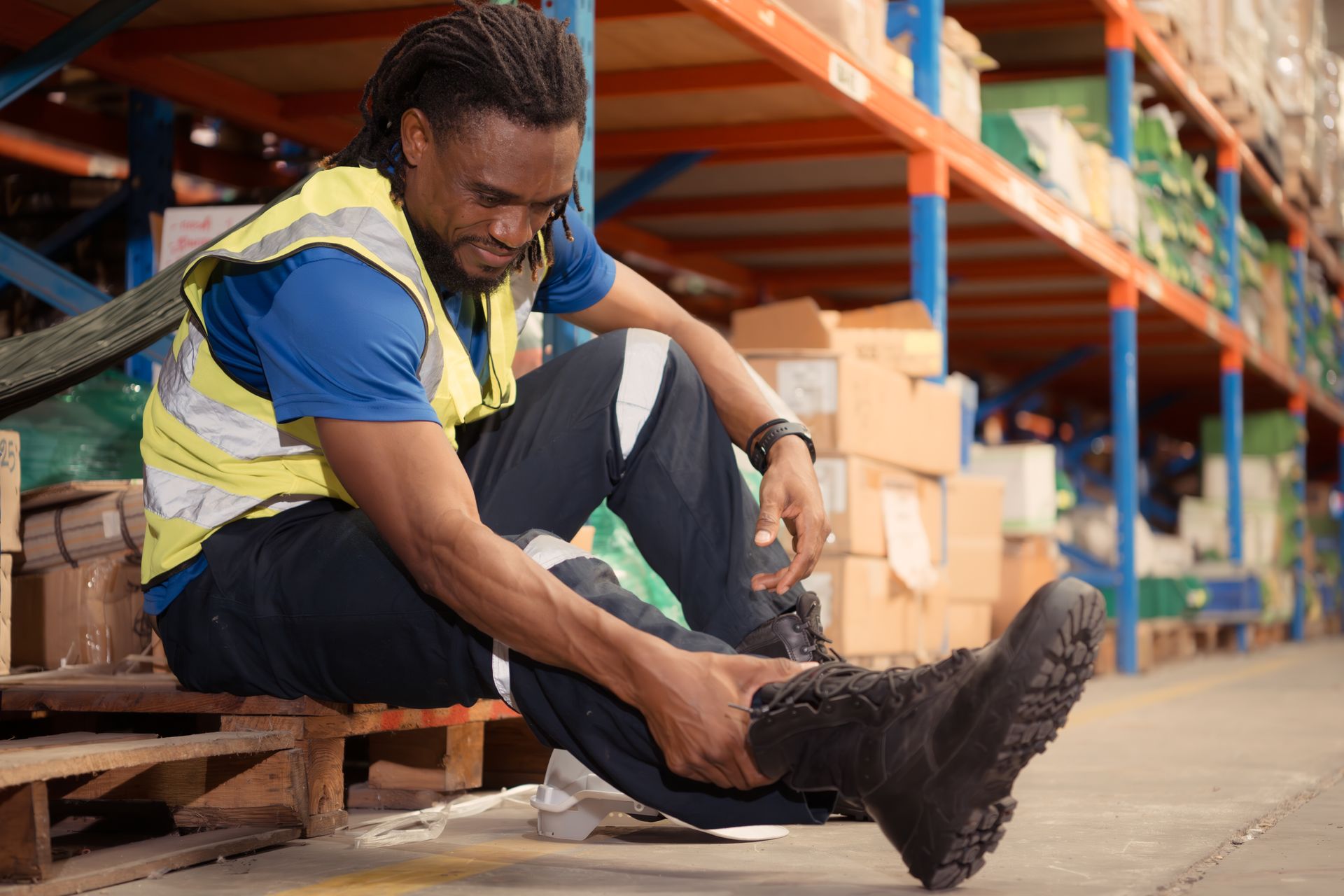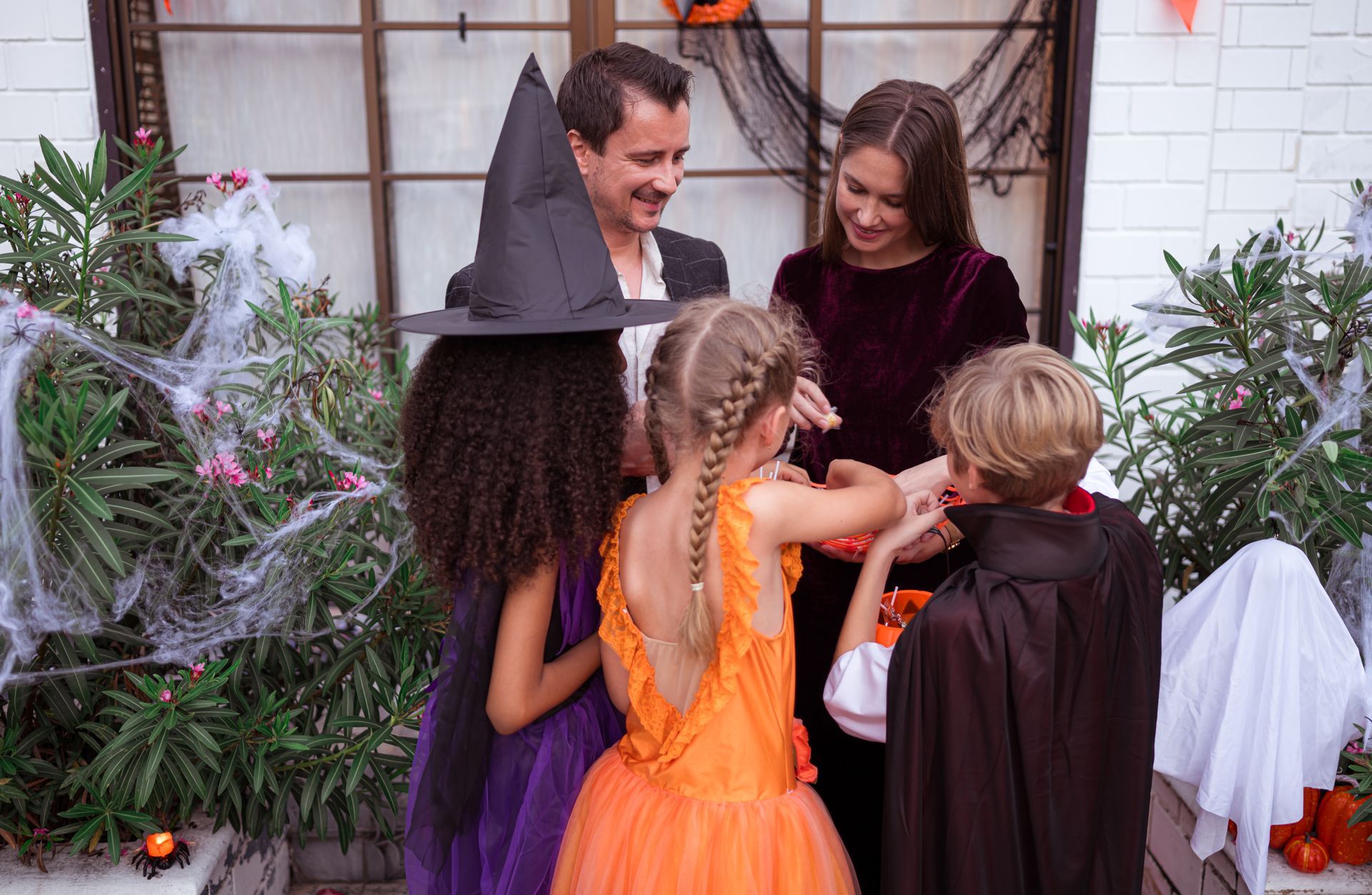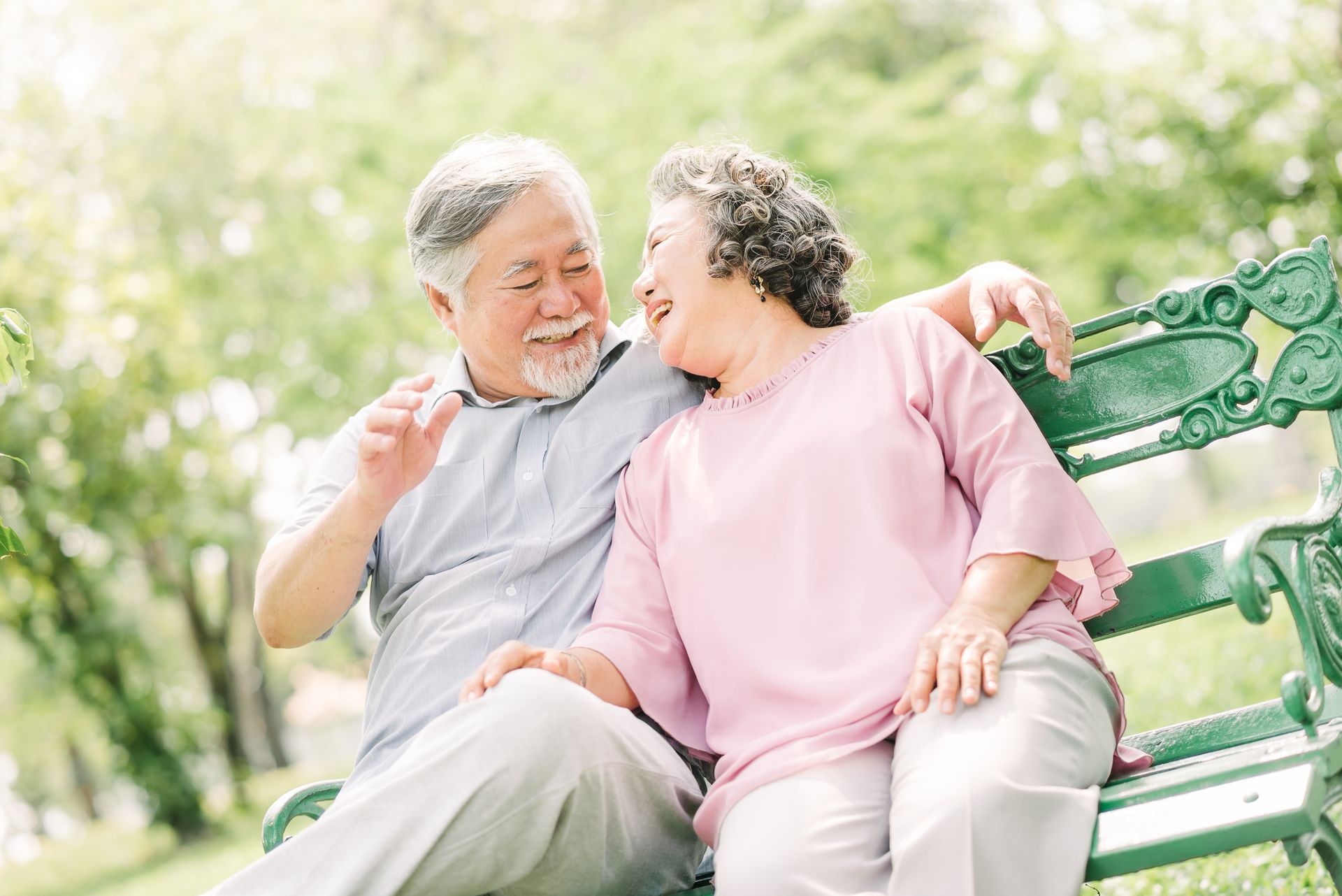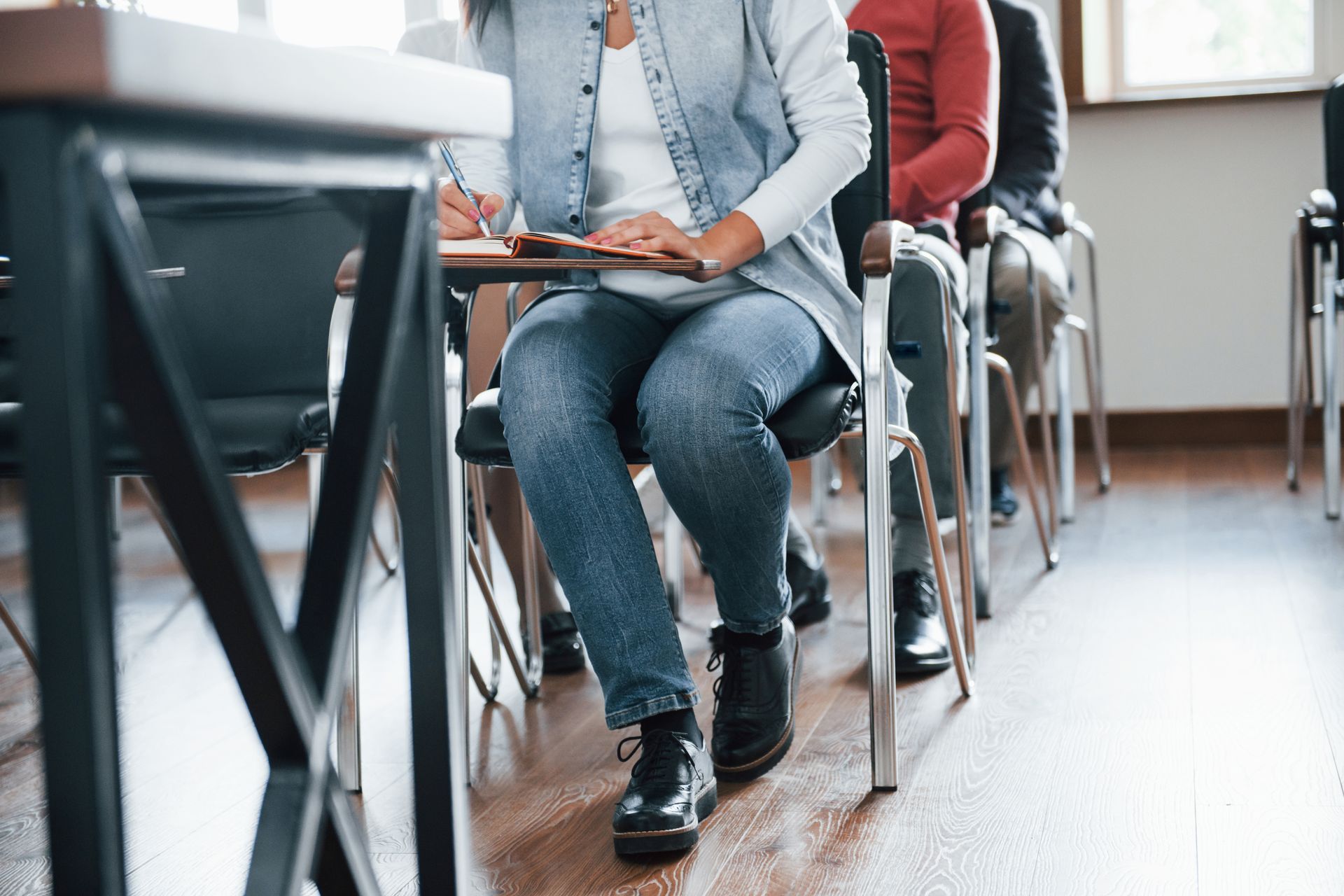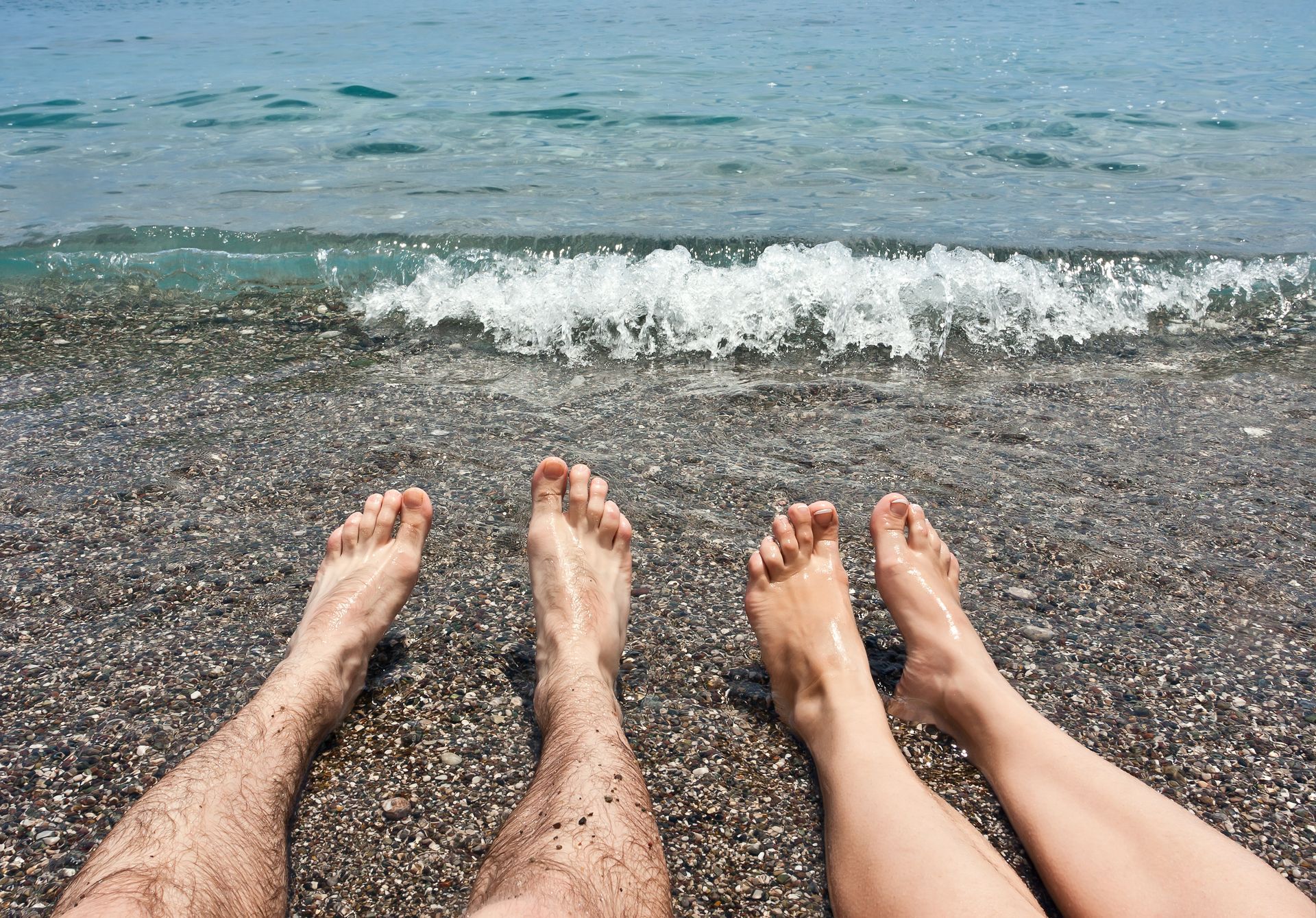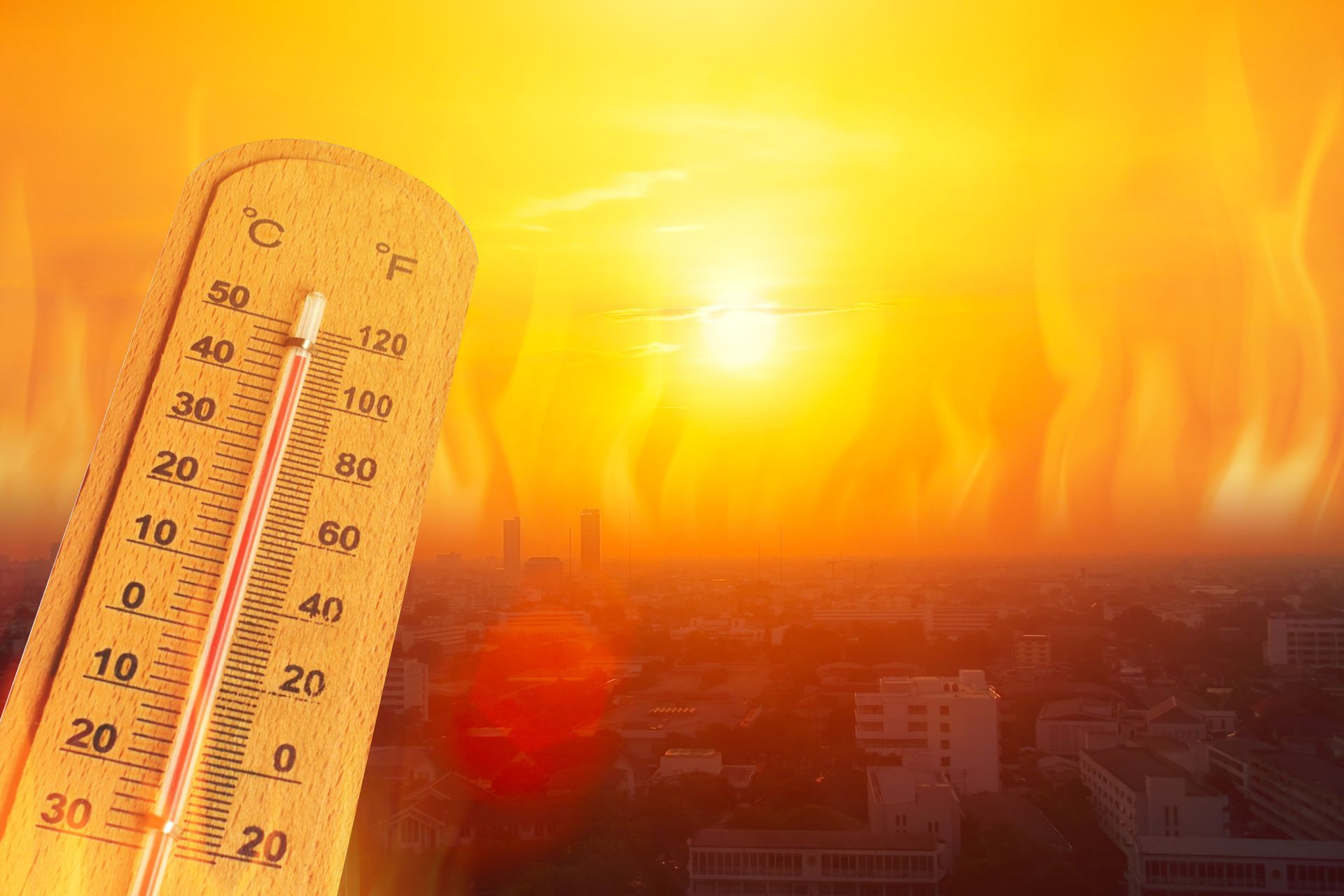Victory Over Varicose Veins: Your First Visit
Originally posted on Healthy Cells Magazine.
The Vein Specialists are a group of local physicians dedicated to treating varicose veins and spider veins – venous conditions caused by various environmental factors and lifestyle choices that can present in different ways.
“The veins in our legs house a system of valves that work together to push the blood from our extremities back to our hearts, much like the locks and dams on a river,” explains Thomas E. Nielsen, MD, and one of the partners at The Vein Specialists. “When our patients come in, many times they’ve been suffering for years with symptoms that range from a feeling of heaviness in their legs to extreme swelling in the calves and ankles.”
Although people think of varicose veins as thick, purple, ropy, and clearly visible, that is not always true. Sometimes these venous conditions are not visible, and patients don’t realize the swelling in their legs is caused by blood that can’t find its way back to the heart. Spider veins are clusters of smaller veins with the same problem, but they look more like purple cracks in a pane of glass than bulging purple veins.
Fortunately, safe and effective treatment is available for both conditions.
“When a new patient comes in, we begin with a conversation about their concerns and symptoms,” says Kathryn Bohn, MD, another partner at Vein Specialists. “Our entire practice is patient-centric, and our first goal is to make sure patients are comfortable with us, our staff, and their treatment plan.”
The Vein Specialists have taken great care to ensure that their patients get everything they need for treatments at their office. We have our imaging equipment right here on-site, and all four of our physicians are trained and certified to interpret the results of the ultrasound exam, which is our most important diagnostic tool. Following our initial conversation with a new patient, we use ultrasound to provide a specific diagnosis and develop a treatment plan.”
After the initial consultation and diagnostic imaging, patients work with the on-staff experts to navigate the insurance requirements, which vary from one carrier to the next.
“Almost every time, we start with the most conservative treatment options,” explains Rich Castillo, MD, and the practice’s third partner. “Our treatment options are minimally invasive and minimally painful. Generally, treatment begins by simply asking our patients to make small changes like wearing compression stockings and taking time to elevate their legs.”
Like any other medical condition, even the simplest treatment plans take time to work, so patients are invited back for a follow-up visit and a second ultrasound in six to twelve weeks. If the second diagnostic exam shows significant or minimal improvement, The Vein Specialists submit a new request to the insurance carrier and seek authorization for more effective treatment.
Once authorized by insurance, a patient can expect relief from painful symptoms with a series of laser treatments or sclerotherapy.
“If more than one vein requires treatment, we treat them a week or two apart to allow time for healing,” says Dr. Castillo. “Varicose veins that are straight can be treated with a procedure called ‘endovenous laser surgery.’ It’s a simple procedure that involves inserting a laser beam into the affected vein to close it off and redirect blood flow to a healthier vein.”
“Sclerotherapy is a similar procedure that we use to treat spider veins and varicose veins that are not straight,” explains Douglas Ward, MD, The Vein Specialists’ fourth doctor. “With sclerotherapy, a solution that causes the vein to scar is inserted directly into the affected vein. The scarring forces blood to reroute through healthier veins deeper in the vascular system.”
Patients can usually resume regular activity on the same day with very few restrictions. These procedures’ side effects and risks are typically negligible, so don’t suffer a minute longer!
The Vein Specialists are Kathryn Bohn, MD, Thomas Nielsen, MD, Richard Castillo, MD, and Douglas Ward, MD, and are certified by the American Board of Venous and Lymphatic Medicine. Learn more or schedule your first appointment at www.ILveins.com, call 309.862.4000 or visit their Bloomington office at 3302 Gerig Drive, Suite 100.
